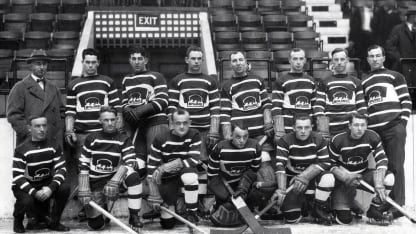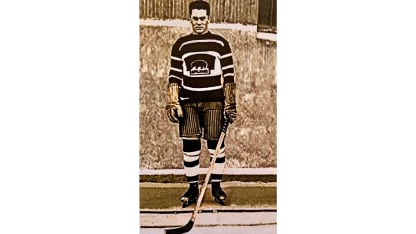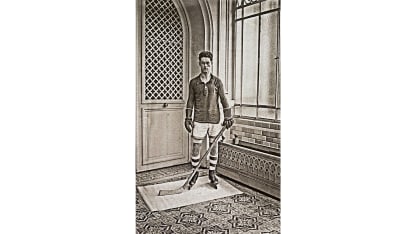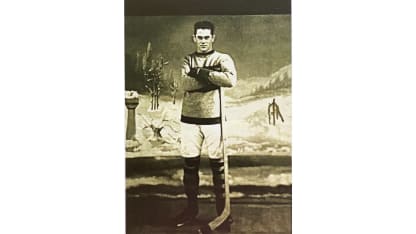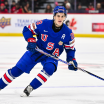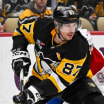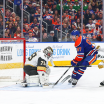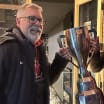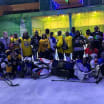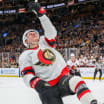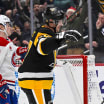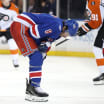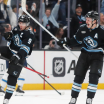After scoring two goals against Pittsburgh, Geran finished the season with five (and one assist) in 33 games. Ross opted not to resign his buddy for the following season; however, in November 1926, Geran signed with the minor league St. Paul Saints. He hung up his skates for good after playing the 1932-33 season with Racing Club de France in Paris.
Geran disappeared from view until the 1940-41 NHL season, when he began huddling with a few of the New York Rangers players who had won the Stanley Cup in April 1940. Defenseman
Art Coulter
as well as forwards
Mac Colville
and
Neil Colville
, plus linemate Alex Shibicky, launched a campaign to form a union. They called it the Association of Professional Hockey Players (APHP) with Geran listed as secretary.
Gerry corresponded with NHL President Frank Calder, pointing out that the APHP would embrace not only NHLers but minor league players and on-ice officials as well. In his letter to Calder on May 3, 1941, Geran proved ahead of his time, also proposing that, in addition to recognizing the union, the NHL also stage an annual All-Star Game.
While Geran's proposed union received a warm endorsement from columnist John Kieran of The New York Times and Red Dutton, who ran the New York Americans, the APHP's timing was not right. World War II was in its second year, and NHL players were enlisting in the Canadian and American armed forces. Among those eventually inducted were players such as Coulter, Shibicky and the Colvilles.
By the time the war ended in 1945, Coulter had retired from the NHL while his APHP colleagues were in the twilights of their respective NHL careers and were no longer interested in unionizing. The APHP's dreams had vanished with the war.
The same was true for Geran, who disappeared from view until February 1962 when, according to Godin, he mysteriously reappeared as a "federal employee residing in New York."
But to hockey historians, Geran always will be noted as the NHL's first U.S.-born player and first to score an NHL goal -- or two. Of that, there is no mystery.
Main photo caption: Team photo of the Boston Bruins during the 1925-26 NHL season at Boston Garden. Front row, from left: trainer Thomas Murray, John Brackenborough, Norm Shay, Charles Stewart, Carson Cooper, George Redding. Back row, from left: owner Charles Adams, Gerry Geran, Lionel Hitchman, Stan Jackson, Jimmy Herbert, Red Stuart, Herb Mitchell, coach/manager Art Ross. (Photo courtesy: HHoF Images & Boston Bruins)
